Airplane turbulence. It is scary but is it dangerous?
Airplane turbulence is a sudden change in the direction of air movement through which the aircraft is moving. They are normal and occur quite often, so to prevent unnecessary panic, the passengers should know what turbulence is, what causes it, and when it might be dangerous.
What causes airplane turbulence
Airplane turbulence can have multiple causes, some can cause light turbulence and others severe or even extreme turbulence.
Thermal and convective turbulence
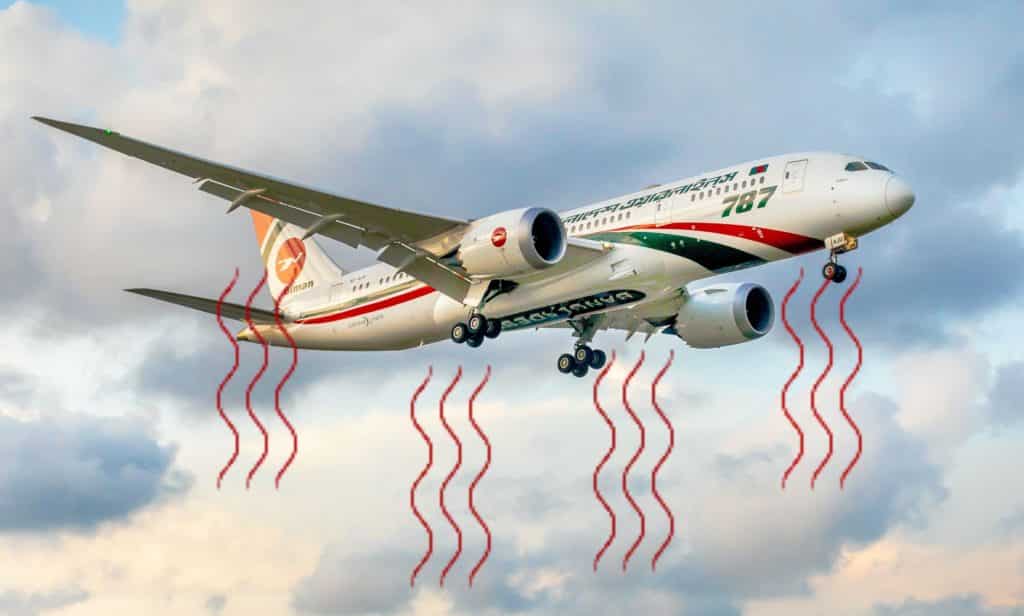
The most common are thermal and convective turbulence. To understand this phenomenon we need to know that warm air always rises and cold air always descends. When the sun heats a surface, it transmits heat to the air above it. So the heated air rises, as do the water vapors. When they reach a certain height where the air cools, the water vapors collect and form clouds. This turbulence occurs when the aircraft flies at low altitudes, under clouds or where the clouds begin to form. When the plane flies into forming clouds, warm air currents rising and cold air currents descending cause turbulence to occur. This phenomenon causes light turbulence, which is not dangerous at all.
Mechanical turbulence

Mechanical turbulence occurs in most cases when the wind is strong enough. Air is a fluid and acts like water in a river that bumps into obstacles forming small waves. On take-off or landing, air currents hit city buildings or hills and form small vortices that cause airplane turbulence.
Mountain Wave Turbulence

This turbulence is very similar to mechanical turbulence, except that instead of buildings there are mountains. The airflow rises up the mountain to the top and then oscillates up and down. According to Captain Joe, this type of current is particularly dangerous for gliders flying in mountainous areas but not for powered aircraft.
Frontal turbulence
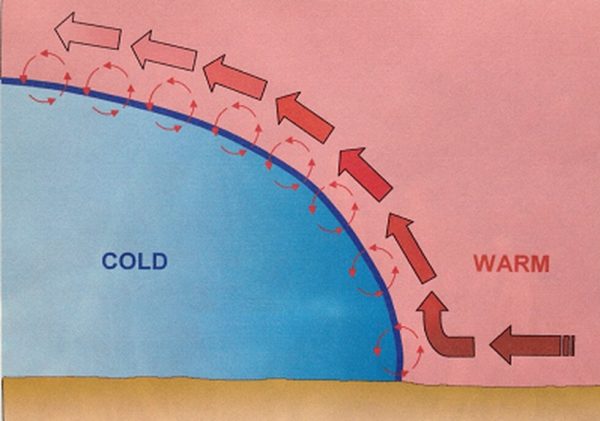
A mass of cold air moving at ground level is bounded by an edge known as a cold front. When this mass of cold air meets a warm air mass, the warm air rises forming severe frontal turbulence. Clouds with precipitation and even thunderstorms can form in this cold front area. According to Wikipedia, the temperature difference between the warm air mass and the cold air mass can be as high as 30 °C (54 °F). This type of turbulence is easily detected by weather radars so pilots can avoid this severe turbulence.
Wake turbulence
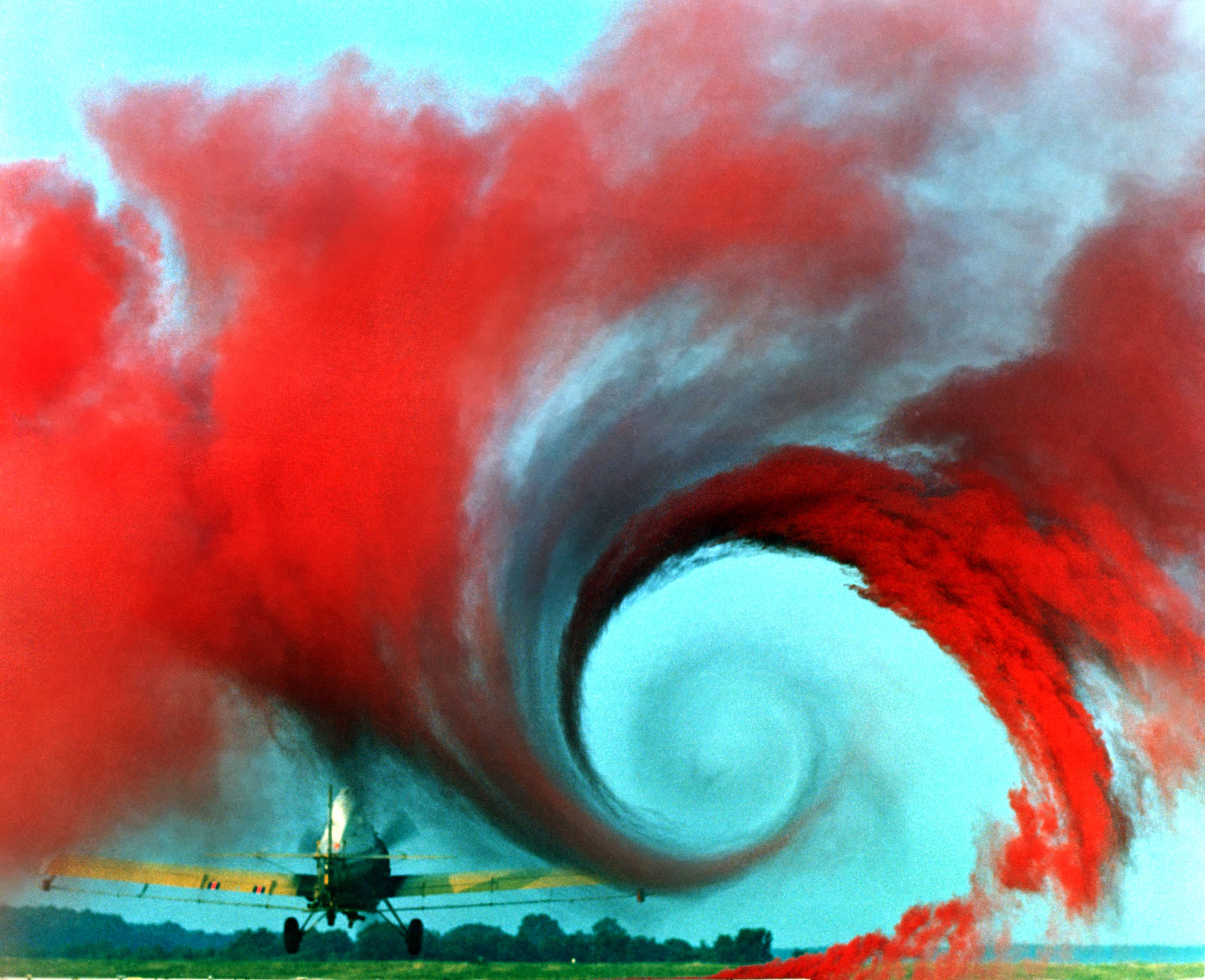
Wake turbulence is the deformed air currents that remain after an aircraft passes. It is formed due to the lift force of an aircraft’s wing and occurs at its wingtip. Small or large vortices, depending on the lift force to be generated, form behind the aircraft and can last several minutes. However, wake turbulence is easy to detect by the control tower as long as they know the trajectory of an aircraft. This type of turbulence is severe and extremely dangerous for small aircraft flying in the proximity of the trajectory of a larger aircraft. There have even been accidents due to wake turbulence. See the article about such an accident on Dailymail.
Clear air turbulence
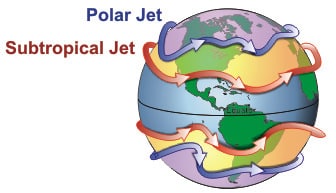
Clear air turbulence occurs in the jet stream area, in the tropopause, about 17 km (11 miles) from the ground. Jet streams are extremely strong air currents running from west to east. According to Wikipedia, they can have speeds of up to 250 mph or 400 km/h (220 kn). Turbulence occurs where these air currents meet the air moving at much slower speeds. These are hardest to predict, but if an aircraft encounters turbulence from such currents, the pilots report it to air traffic controllers so that if another aircraft has the same path, they know that turbulence may be encountered in that area.
Is airplane turbulence dangerous?
Airplane turbulence is not at all dangerous for passenger flights. Most passengers who fear turbulence are afraid that the plane’s wings will break off due to flexing. Well, an aircraft wing is extremely flexible, there is no turbulence strong enough to break it. However, airplane turbulence can be dangerous in certain situations:
- When turbulence is severe or even extreme it can cause loss of control over the aircraft, but it is extremely rare and in such situations, pilots regain full control of the aircraft after a few seconds. Severe turbulence is quite frightening, but you can rest assured as it is very rare. In his 12 years of experience as a pilot, Mentour Pilot said he has never even come close to severe turbulence;
- When the aircraft enters a cumulonimbus cloud. This is a cloud that produces severe thunderstorms. Inside it, air currents moving up and down can have very high speeds and can blow the aircraft over. However, no passenger aircraft enters such a cloud. They are easily detected by weather radar and pilots always avoid them. Even when they can’t be avoided, pilots turn the aircraft around and completely change course.
- When passengers walk freely inside the plane. There have been cases of minor accidents happening when the plane goes into turbulence and passengers are walking freely around the cabin. The most common are accidents to flight attendants. For passenger safety, it is important that when the seatbelt sign appears, the seatbelt is immediately put on.
- When a small aircraft enters the wake turbulence of a larger aircraft. These cases are rare but can be extremely dangerous for the smaller aircraft.
What is the safest place on the plane in case of turbulence?
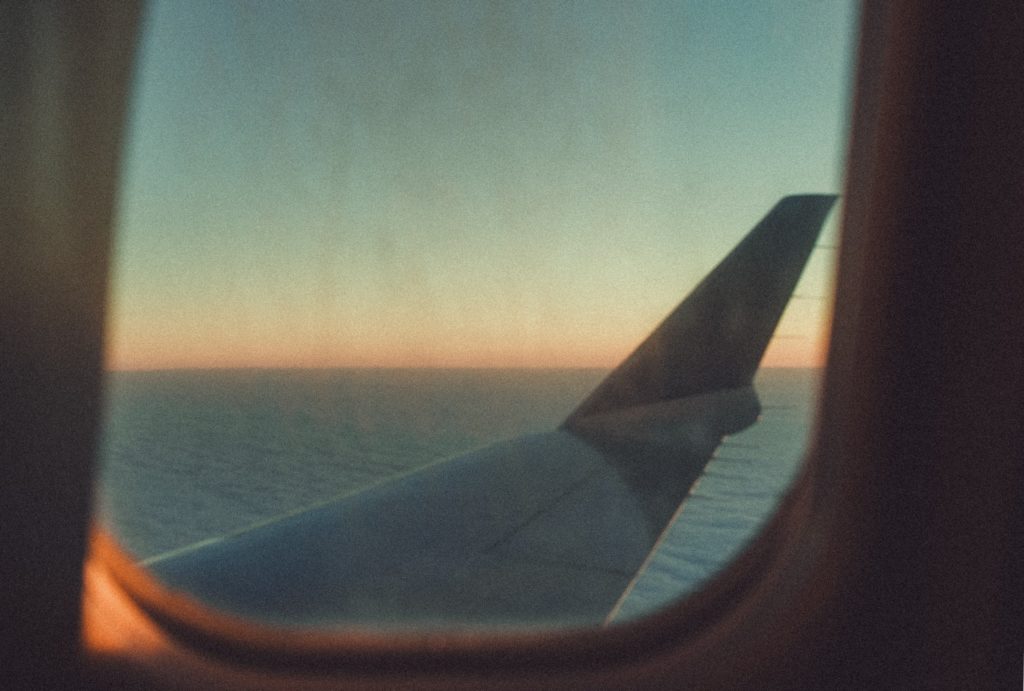
The place in the plane where you feel the turbulence the weakest are the seats near the wing. Although the difference between the turbulence you feel near the window and the other seats in the plane is not significant.
If you have any other questions about airplane turbulence, please feel free to ask them in the comments section below.



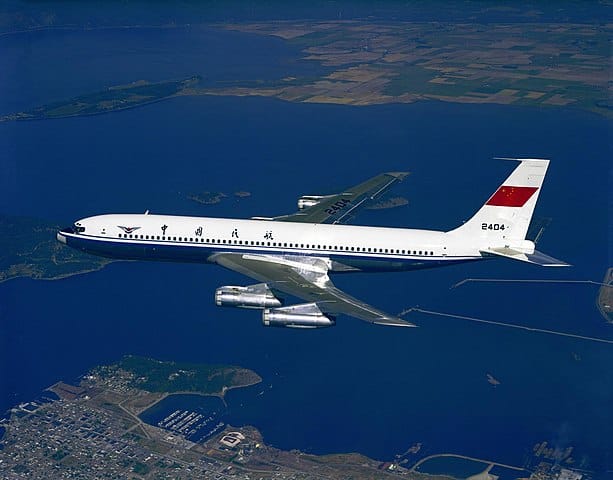

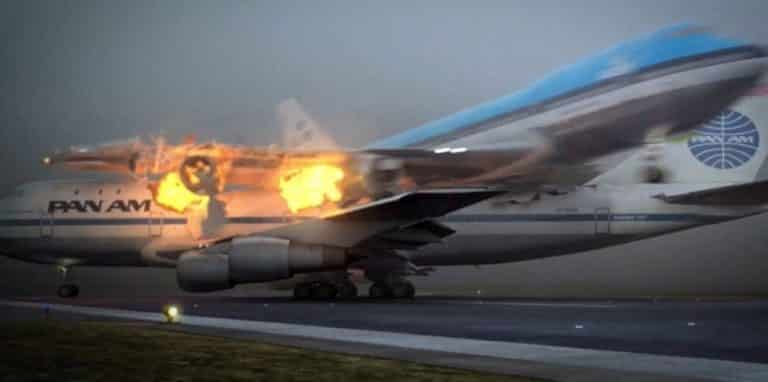

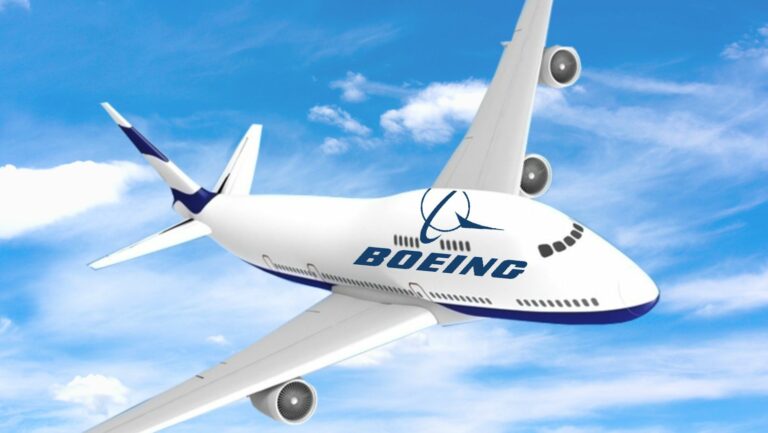
Thank you for sharing but educating me on this phenomenon. I often wondered about this. It was clear and precise. Did not dare tell my wife as she is dead scared of flying and during turbulence, she squeezes my hand , such that the blood almost stops flowing. As passengers we never know what is happening in the flight deck and this was a very good to know.
Thanks for sharing this. You can assure her that turbulence is not dangerous at all.
Thank you for the explanation. Why do you say that air is a liquid?
I did not say that air is liquid. It’s a fluid just like water, only water is liquid, air is a gas.